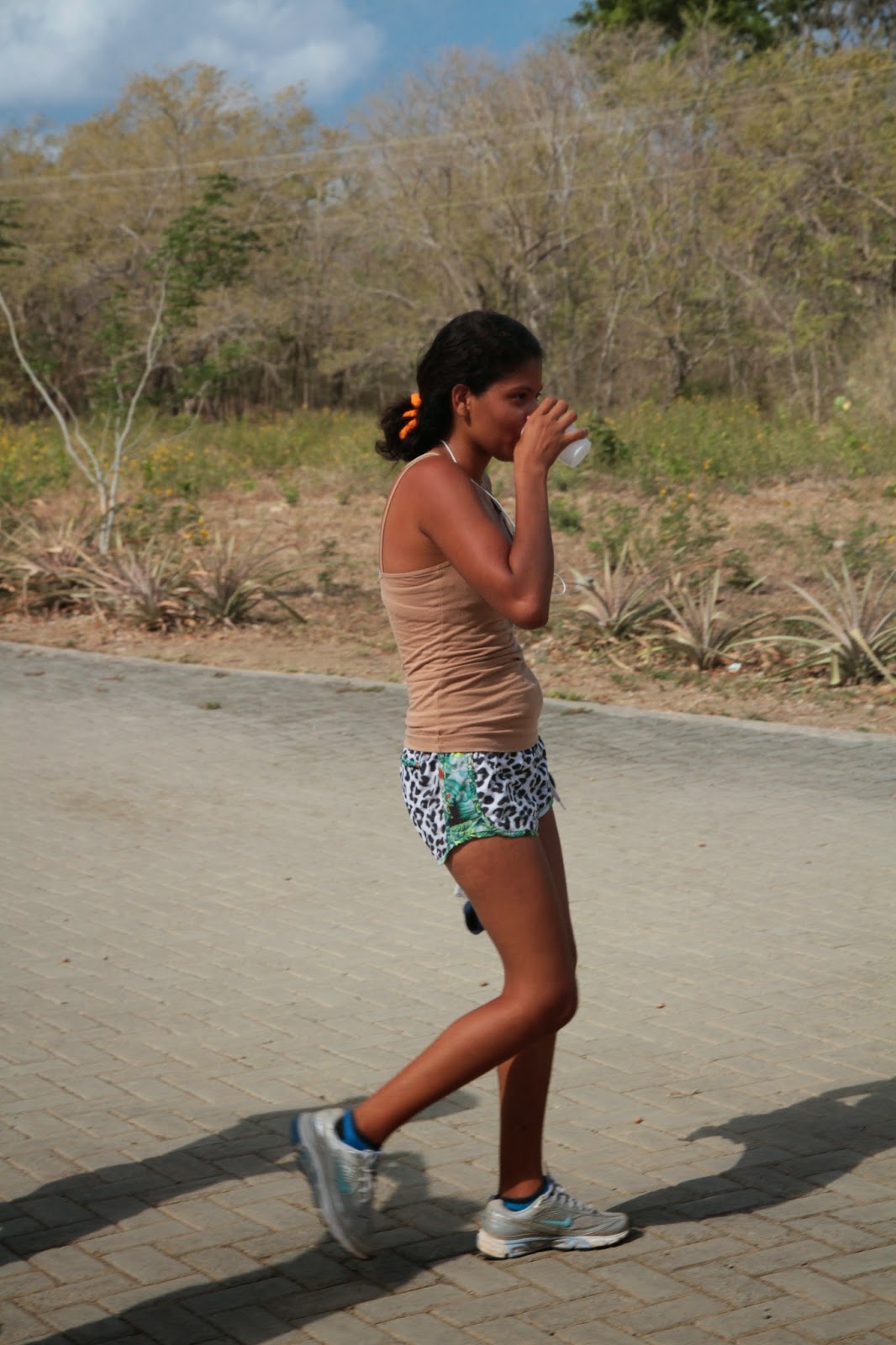Over two hundred people attended the opening of the Gigante Community Health Centre; about a third of the population in the community!
A few hours before the scheduled opening, two horse drawn trailers rolled in from Tola, a larger community that is 18 km away. Presumably the drivers left at dawn.
The tents offered great shade but the structures also trapped the hot air. I found a spot just at the edge of the tents and enjoyed some air flow as well as shade.
Local children were the highlight of the opening. Various age groups staged great choreographed dance routines.
Various community and government dignitaries thanked Project Woo, the community, local businesses, and other local benefactors. Afterwards the guests enjoyed juice and pastries.
The children took turns at a pinata until the candy burst forth and the ground was filled with the children who scrambled around for the treats.
A few hours before the scheduled opening, two horse drawn trailers rolled in from Tola, a larger community that is 18 km away. Presumably the drivers left at dawn.
The tents offered great shade but the structures also trapped the hot air. I found a spot just at the edge of the tents and enjoyed some air flow as well as shade.
Local children were the highlight of the opening. Various age groups staged great choreographed dance routines.
Various community and government dignitaries thanked Project Woo, the community, local businesses, and other local benefactors. Afterwards the guests enjoyed juice and pastries.
The children took turns at a pinata until the candy burst forth and the ground was filled with the children who scrambled around for the treats.
Great Day. Congratulations Project Woo!!!!

















































